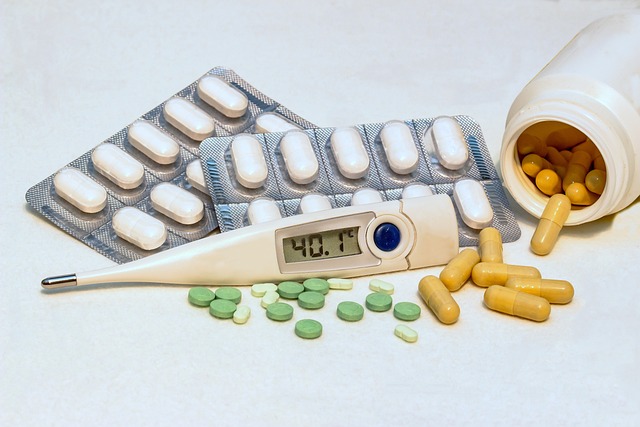Antibiotics are an essential tool to treat infections. I’ve seen a lot of drug interactions involving antibiotics that have led to anything from treatment failure to drug toxicity. In this blog post, I share my top 5 antibiotic drug interactions you are likely to encounter in practice as well as on your board exams!
Quinolones and Tetracycline Binding
Calcium, iron, magnesium, and zinc are commonly used OTC supplements. All of these supplements may bind quinolone (ciprofloxacin, levofloxacin, etc.) and tetracycline (doxycycline, tetracycline, etc.) antibiotics when administered together via the oral route. The result of this interaction is a reduction in antibiotic concentration and opportunity for treatment failure. Here’s. a perfect case example of this drug interaction in practice.
Rifampin
Rifampin is a problem for many medications because it is a strong enzyme inducer. It can ultimately lead to reduced concentrations of many medications. Two high-risk medications with the use of rifampin are warfarin and phenytoin. When adding rifampin in a patient taking warfarin and phenytoin, concentrations will be reduced. Here’s a case scenario where using rifampin led to a seizure.
Bactrim and Hyperkalemia
Bactrim is an antibiotic used most frequently for UTIs. Adding this medication can increase the risk for hyperkalemia in patients already receiving medications that can cause this effect. Medications like ACE inhibitors, ARBs, and potassium-sparing diuretics are the most commonly used agents that will contribute to this interaction. I’ve seen situations where this interaction has led to emergency potassium levels.
Erythromycin/Clarithromycin
Erythromycin and clarithromycin have numerous interactions via CYP3A4 inhibition and make the top 5 list of antibiotic drug interactions. In addition to the CYP3A4 interaction potential, both of these medications can contribute to QTc prolongation risk. These are two medications to review for drug interactions when they are prescribed.
Warfarin with Metronidazole or Bactrim
Many antibiotics can interact with warfarin but the two strongest may be Bactrim and metronidazole. Both of these agents can inhibit CYP2C9 and cause substantial increases in a patient’s INR.
All these top 5 drug interactions are included in my most popular drug interactions in primary care book which has previously been an Amazon best seller. You can get this Audible Book for free with a new trial of Audible right here!
Top 5 Antibiotic Drug Interactions – Honorable Mention:
Linezolid and Serotonergic Drugs
Aminoglycosides and other nephrotoxic agents
What other antibiotic drug interactions would you add to your top 5 antibiotic interactions list?!? Drop a comment below!



0 Comments